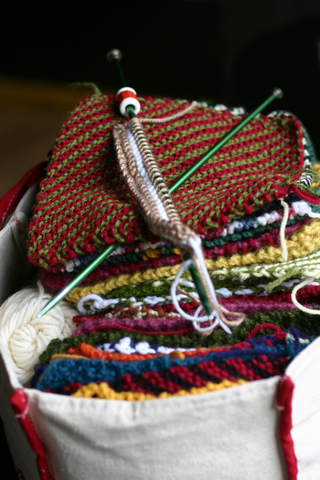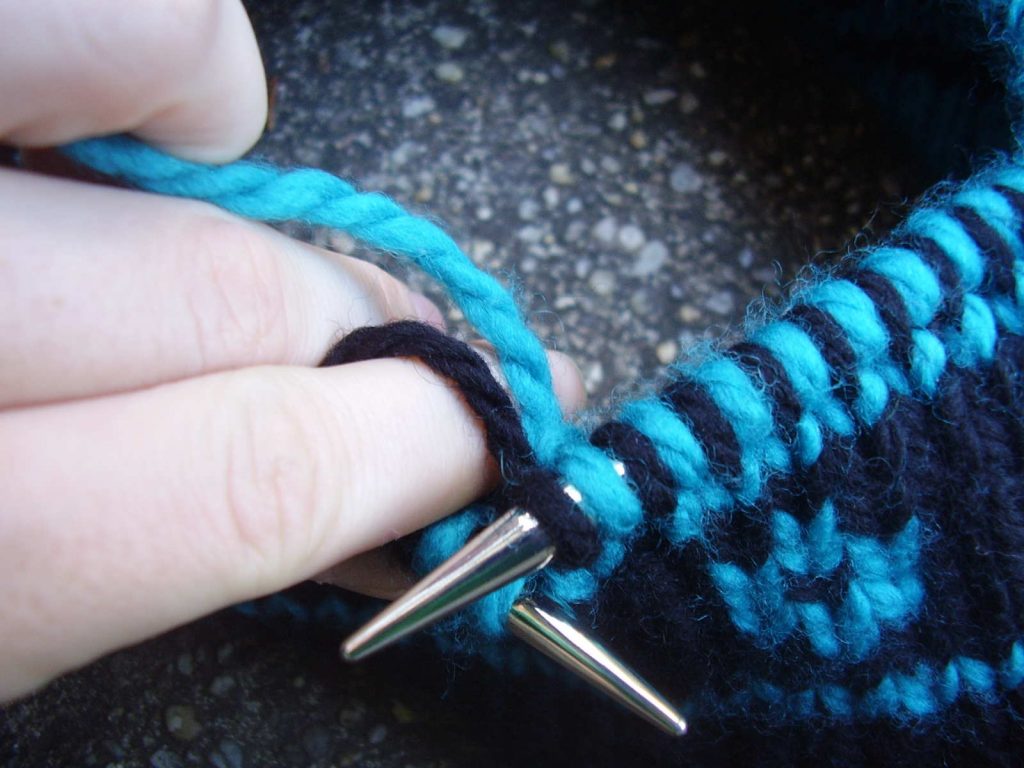 Lace knitting is a very intricate and detailed art form that requires a lot of practice and patience. Unlike standard knitting where you can just make the same stitches over and over, lace knitting requires you to count and every stitch is different. While this creates beautiful shawls and sweaters, it can be very intimidating for knitters just beginning to think about knitting lace. In fact, there are knitting classes all over the world that teach nothing but lace knitting, so that knitters can learn the proper way to practice this art form. If you can’t make it to a knitting class but you are ready to dabble in the art of lace knitting, there are three important tips that you need to remember before you get started.
Lace knitting is a very intricate and detailed art form that requires a lot of practice and patience. Unlike standard knitting where you can just make the same stitches over and over, lace knitting requires you to count and every stitch is different. While this creates beautiful shawls and sweaters, it can be very intimidating for knitters just beginning to think about knitting lace. In fact, there are knitting classes all over the world that teach nothing but lace knitting, so that knitters can learn the proper way to practice this art form. If you can’t make it to a knitting class but you are ready to dabble in the art of lace knitting, there are three important tips that you need to remember before you get started.
Rule #1: Always Use a Lifeline
A lifeline is so important in lace knitting. If you make a mistake in regular knitting, it is usually fairly easy to pull your work back a few rows and reinsert your needle after you’ve had a bit of practice. However, all of the yarn-overs, decreases, and knit stitch combinations that make such beautiful and intricate lace-work can also make it nearly impossible to rearrange your stitches correctly once you’ve pulled out your needle.
A lifeline is a really simple, easy way to avoid this headache and be able to correct mistakes. All you need to do is use a smooth, contrasting color of yarn -cotton yarn works best- and a darning needle to go through an entire row that has been worked correctly. You just slide your darning needle, with the yarn attached to it, directly below your knitting needle through each stitch on the row. It’s really helpful to use a piece of yarn that is long enough to tie both ends together after it’s threaded through. This way you can ensure that it cannot be accidentally pulled out of your stitches.
If you’re using a lifeline in your lace knitting, you can correct your mistakes with less hassle. Simple pull your needle out of your work and rip back to your lifeline. You can’t rip beyond that because of the yarn you’ve put through the stitches, so you know you won’t go too far. You then slide each stitch back onto the needle, making sure to start at the opposite end of the working yarn. It is important to re-do your lifeline every now and then, as you progress in your work. This way you will hopefully only need to pull back a few rows to reach one. This can save you a lot of time and frustration.
Rule #2: Trust in the Math
Another important thing to remember when knitting lace is that math never lies. Most knitting patterns require you to use a number of stitches that is divisible by another number. For example, some patterns want you to make sure your total number of stitches on one row is divisible by 4. If you do the math correctly in the beginning, you should be able to trust your math through the entire project.
Rule #3: Mark Your Stitches
Stitch markers are valuable tools when it comes to lace knitting. These are little pieces of metal or plastic that you can put on your stitches to help you count and keep track of your work. Since most lace patterns are a combination of stitches in a repeating pattern, stitch markers are a great way to track your work. Many knitters find it extremely helpful to place a stitch marker at the beginning of each lace section.
For example, if you’re knitting a pattern like the following:
- *knit 1, yarn over, knit 2 together. Repeat from * across.
You can put a stitch marker in ever knit 1 stitch so that you know how many sections you have completed in a row. This makes counting your work much easier because you don’t have to count each stitch separately.
Lace knitting can easily become your newest obsession if you give it a chance. While it may seem intimidating at first, some patience and practice will make it a fun way to pass time. By learning these three important tips, you can master lace knitting without going to a knitting class.


